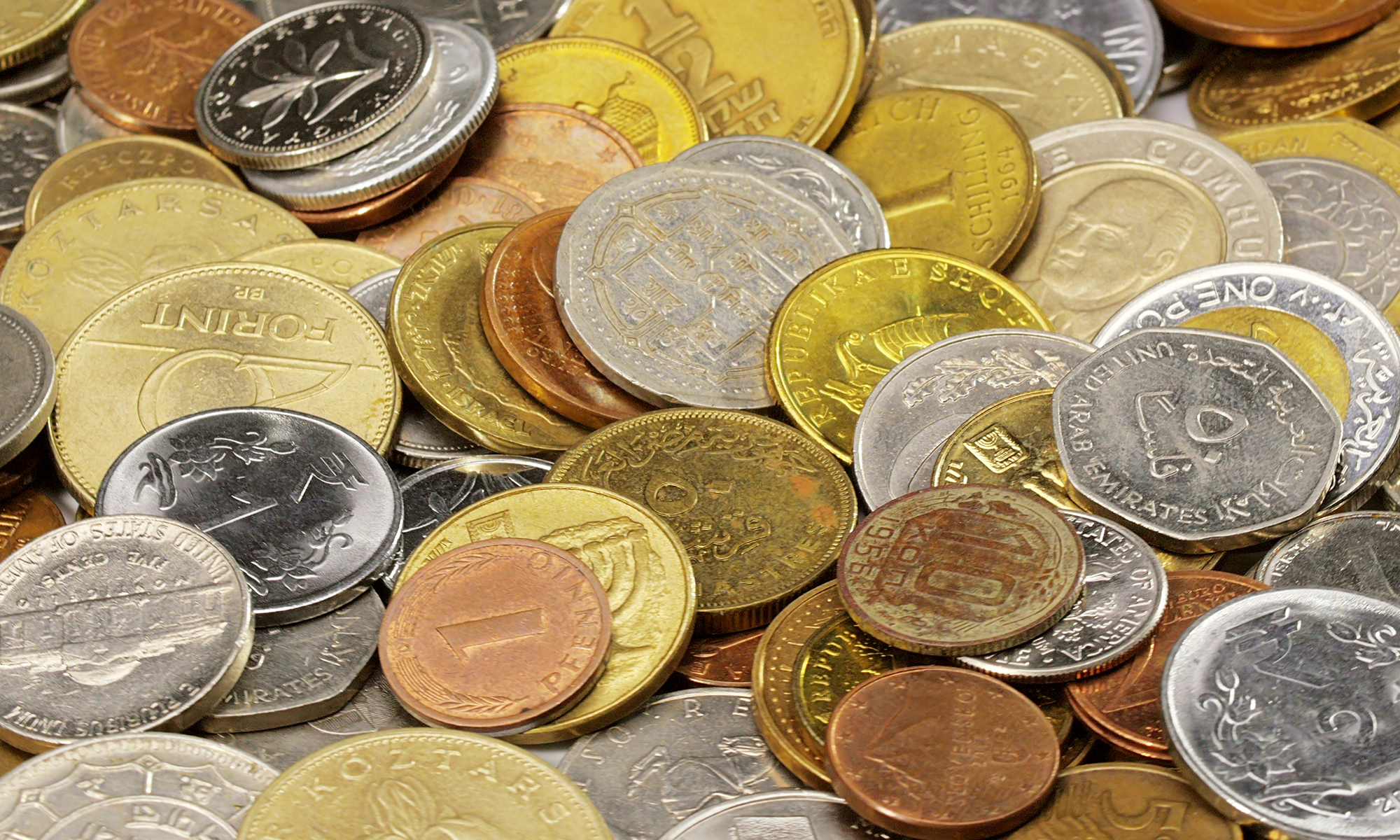
There was a time that everyone had a purse or pocket full of loud, jangly coins. While more people are leaning towards digital payment methods, coins are still the best way to pay or receive money for smaller transactions. Did you ever stop to think about how far these coins travel, or how they are made? The minting process is fascinating and contains a lot of steps and details that you may not realize are required to make a coin. Enjoy your peek behind the scenes — maybe you’ll pick up a tidbit of information to use at your next trivia night!
What is a Coin Die?
In the minting process, two metallic pieces are struck together to create an image on the coin. The die itself is a mirror of the final image that will be on the coin. These metal stamping tools are exceptionally hard and strike each coin multiple times, almost quicker than the eye can see. Dies can be used to stamp tens of thousands of times before they are decommissioned and destroyed.
How are Dies Produced?
Modern dies are created by a multi-step process that begins with a large plaster model, which is then subjected to a rubber coating. This large-scale replica of the final coin then is reduced on to a master steel template, called a ‘hub.’ This master hub is pressed into steel blanks to form master dies. Once the master die is created, working hubs are then made, which will be used to stamp the coins. The key difference between a ‘hub’ and a ‘die’ is that the die has an image that is hammered or pressed in, while a hub’s image is raised.

True or False: Coins Are Two-Sided
Coins only have two sides, the front and back, right? Not exactly. Coins technically have a third side, which is their edge! The ridges on the U.S. half dollar, quarter and dime have a raised edging that looks like a ridge or a collar. Not all coins have this fancy outer border, but these design elements are rarely carved into the master die. Interestingly enough, coins that are supposed to have these third side designs but do not can be incredibly expensive and are very rare. The lack of a border is considered an error called a ‘broadstrike,’ where the coins are a bit flatter and may be shaped differently than others of the same denomination.
Learning more about the ways coins travel through the minting process is fascinating. We bet that you never realized the intricate details required to ensure that our nation’s coins are handled correctly at the mint. Want to learn more about coin collections and coins? Contact Roswell Gold, Silver & Coins today at 770-910-9313 or visit our store located at 900 Mansell Rd, Suite 18, Roswell, GA.
